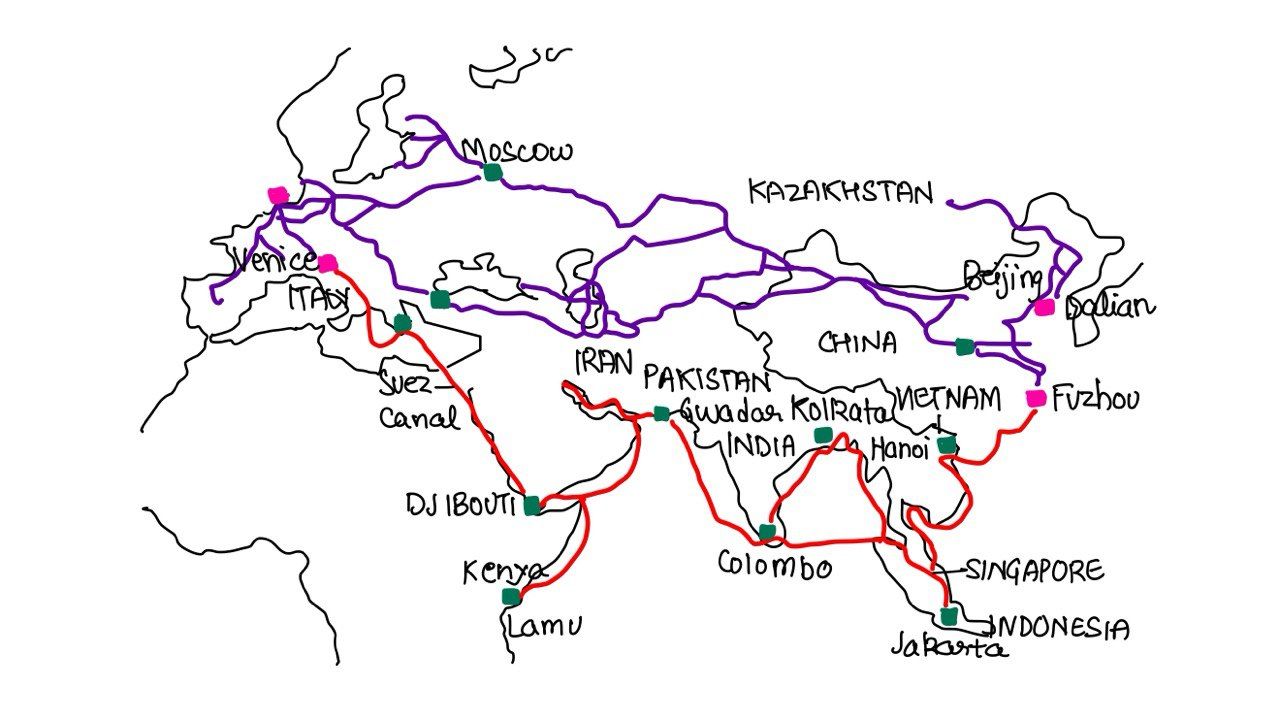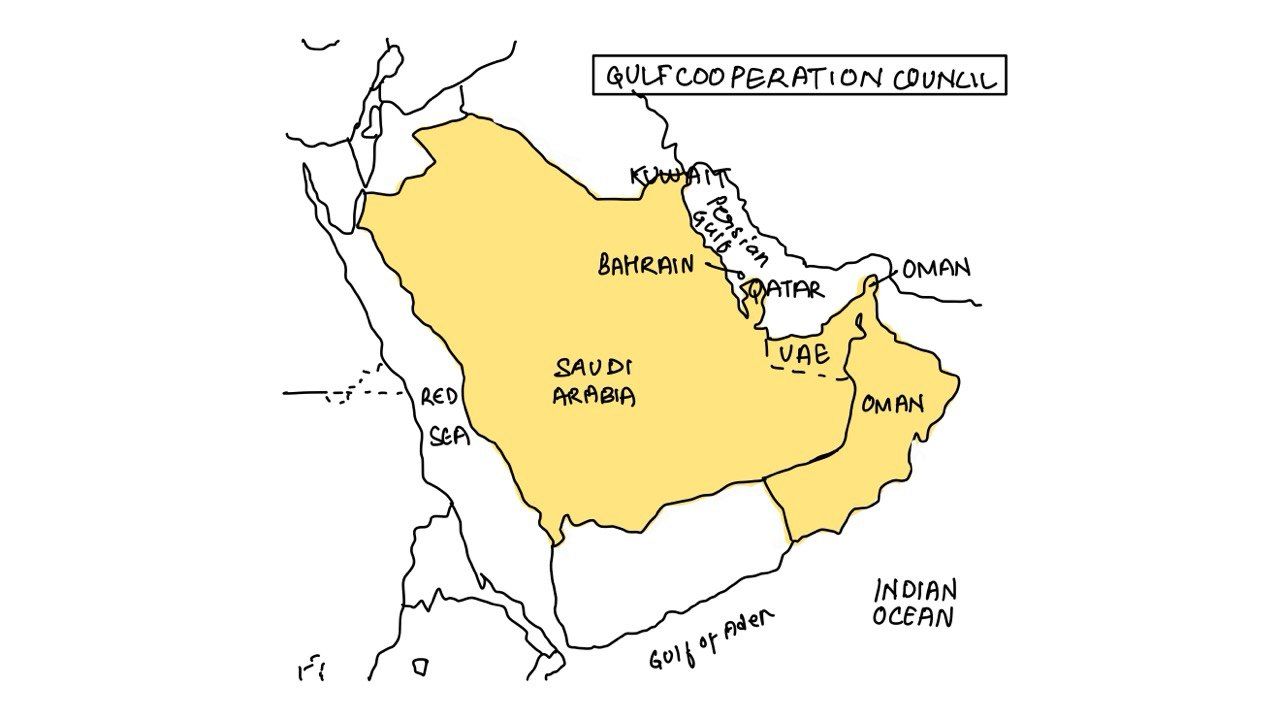UPSC Prelims 2016 Analysis
Subject wise MCQ distribution
- Environment & Ecology (22 Questions): The most dominant subject, covering biodiversity, climate change, conservation efforts, and environmental legislation. Many questions incorporated maps for better understanding.
Economy (17 Questions): Included monetary policies, fiscal policy, banking, government schemes, and international economic developments. This section was heavily inclined towards current affairs and required strong analytical abilities for elimination-based questions.
Science & Technology (13 Questions): Focused on emerging technologies, biotechnology, AI, space research, and their recent developments. Many questions followed an assertion-reasoning format to test conceptual understanding.
International Relations (11 Questions): Heavy emphasis on India’s foreign policy, international organizations like the New Development Bank and International Monetary and Financial Committee. Some questions required match the following format.
Social Issues & Schemes (11 Questions): Included government schemes & initiatives like MUDRA Yojana and Stand Up India Scheme along with policies related to education, health, and nutrition. Many questions were framed using the elimination technique.
Indian Polity (5 Questions): A relatively low count, marking a departure from UPSC’s usual trend of high-weightage in this section. However, the questions that appeared tested deep constitutional concepts and analytical abilities.
History (10 Questions Combined): Ancient (1), Medieval (3), and Modern (6), with a focus on factual recall rather than analytical aspects. Many were match the following or multi-statement-based, requiring careful reading.
Geography (Indian Geography: 4, World & Physical Geography: 0): Minimal representation, making it one of the least emphasized subjects in this year’s paper. Questions required strong NCERT-based conceptual clarity, especially in maps and location-based understanding.

Difficulty analysis
- Medium Difficulty (57 Questions): The largest portion, demanding conceptual clarity and critical thinking.
Hard Questions (29 Questions): A significant number, testing advanced knowledge and deeper analytical skills.
Easy Questions (14 Questions): A relatively small proportion, offering limited direct scoring opportunities.

Variations in Question framing
- Multi-Statement Questions (57%) – The most common type, requiring analytical skills and elimination strategies. These appeared more frequently in Polity and Environment.
Direct Questions (43%) – Straightforward factual recall, mainly seen in History and Science & Technology.

Current Affairs vs. Static Questions
- Current Affairs-Based (60 Questions): The paper marked a shift from the trend observed over the past four years. UPSC has increasingly focused on current affairs, making it crucial for aspirants to stay updated.
Static-Based (40 Questions): Still significant but much lower compared to previous years, highlighting UPSC’s shift towards contemporary relevance.
Key learning for Future Preparation
- Prioritize Current Affairs: Given that 60% of the questions were current-based, aspirants should regularly follow newspapers, government reports, and international developments.
- Strengthen Environment & Ecology Preparation: The dominance of this section indicates that topics like climate change, environmental policies, and sustainability should be high-priority study areas.
- Develop Multi-Statement Question Solving Techniques: Since more than half the paper consisted of multi-statement questions, mastering elimination techniques is essential.
- Balance Conceptual & Factual Knowledge: Subjects like Economy and Science & Technology require both static understanding and awareness of recent developments.
- Focus on Analytical Thinking: The difficulty level and multi-statement nature of the paper suggest that rote memorization alone is insufficient—conceptual clarity is key.
Subject-Wise Answer Key
QUESTION 1
Easy
International Relations
Prelims 2016
‘European Stability Mechanism’, sometimes seen in the news, is an
A. agency created by the EU to deal with the impact of millions of refugees arriving from the Middle East
B. agency of EU that provides financial assistance to eurozone countries
C. agency of EU to deal with all the bilateral and multilateral agreements on trade
D. agency of EU to deal with the conflict arising among the member countries
QUESTION 2
Easy
International Relations
Prelims 2016
With reference to the ‘Trans-Pacific Partnership’, consider the following statements:
- It is an agreement among all the Pacific Rim countries except China and Russia.
- It is a strategic alliance for the purpose of maritime security only.
Which of the statements given above is/are correct?
A. 1 only
B. 2 only
C. Both 1 and 2
D. Neither 1 nor 2
QUESTION 3
Medium
International Relations
Prelims 2016
‘Doctors Without Borders (Médecins Sans Frontières)’, often in the news, is
A. A division of the World Health Organization
B. A non-governmental international organization
C. And inter-government agency sponsored by the European Union
D. A specialized agency of the United Nations
QUESTION 4
Medium
International Relations
Prelims 2016
Community sometimes mentioned in the news In the affairs of
- Kurd: Bangladesh
- Madhesi: Nepal
- Rohingya: Myanmar
Which of the pairs given above is/are correctly matched?
A. 1 and 2
B. 2 only
C. 2 and 3
D. 3 only
QUESTION 5
Easy
International Relations
Prelims 2016
‘Belt and Road Initiative’ is sometimes mentioned in the news in the context of the affairs of -
A. African Union
B. Brazil
C. European Union
D. China
QUESTION 6
Easy
International Relations
Prelims 2016
Which of the following is not a member of ‘Gulf Cooperation Council’?
A. Iran
B. Saudi Arabia
C. Oman
D. Kuwait
QUESTION 7
Medium
International Relations
Prelims 2016
With reference to ‘Organization for the Prohibition of Chemical Weapons (OPCW)’ consider the following statements:
- It is an organization of European Union in working relation with NATO and WHO
- It monitors the chemical industry to prevent new weapons from emerging
- It provides assistance and protection to States (Parties) against chemical weapons threats.
Which of the statements given above is/are correct?
A. 1 only
B. 2 and 3 only
C. 1 and 3 only
D. 1,2 and 3
QUESTION 8
Medium
International Relations
Prelims 2016
Consider the following statements regarding the India-Africa Forum Summit (IAFS):
- The summit held in 2015 marked the third edition of the IAFS.
- The IAFS mechanism was instituted under the leadership of Jawaharlal Nehru in 1951.
Which of the statements given above is/are correct?
A. 1 only
B. 2 only
C. Both 1 and 2
D. Neither 1 nor 2
QUESTION 9
Easy
International Relations
Prelims 2016
The term ‘Regional Comprehensive Economic Partnership’ often appears in the news in the context of the affairs of a group of countries known as
A. G20
B. ASEAN
C. SCO
D. SAARC
QUESTION 10
Medium
International Relations
Prelims 2016
Consider the following statements:
- New Development Bank has been set up by APEC.
- The headquarters of the New Development Bank is in Shanghai.
Which of the statements given above is/are correct?
A. 1 only
B. 2 only
C. Both 1 and 2
D. Neither 1 nor 2
QUESTION 11
Medium
International Relations
Prelims 2016
With reference to the International Monetary and Financial Committee (IMFC), consider the following statements:
- IMFC discusses matters of concern affecting the global economy and advises the International Monetary Fund (IMF) on the direction of its work.
- The World Bank participates as an observer in IMFC’s meetings.
Which of the statements given above is/are correct?
A. 1 only
B. 2 only
C. Both 1 and 2
D. Neither 1 nor 2

